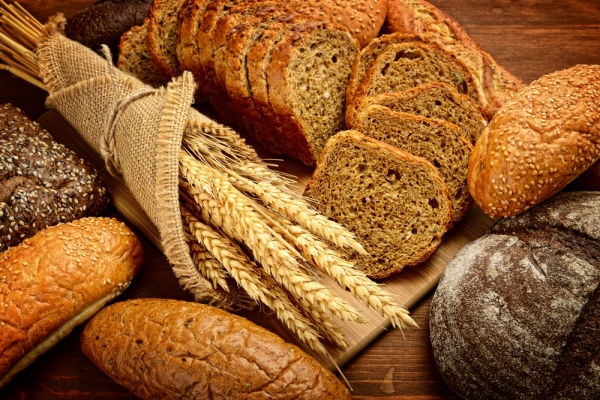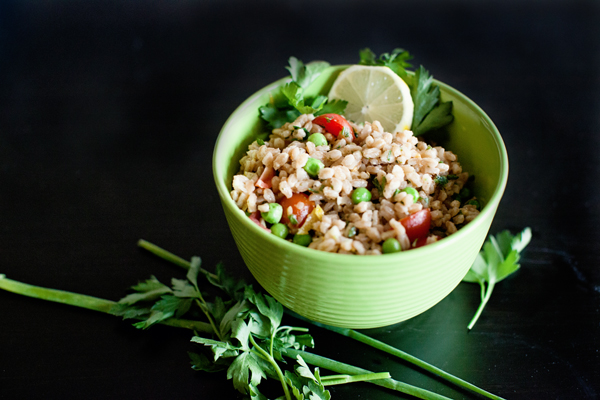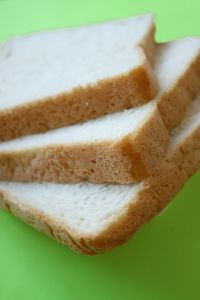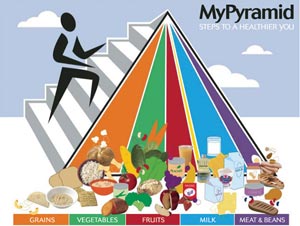By Layne Lieberman, RD, Culinary Nutritionist and author of “Beyond The Mediterranean Diet: European Secrets Of The Super-Healthy”
A small percentage of the population that greatly benefit from following a gluten-free: These are the estimated 1 to 2 percent of people who have been diagnosed with celiac disease and the 0.2 to 0.4 percent who suffers from wheat allergy.
So what about the rest of us, the 98% of the population that hasn’t been diagnosed with celiac disease or a wheat allergy?
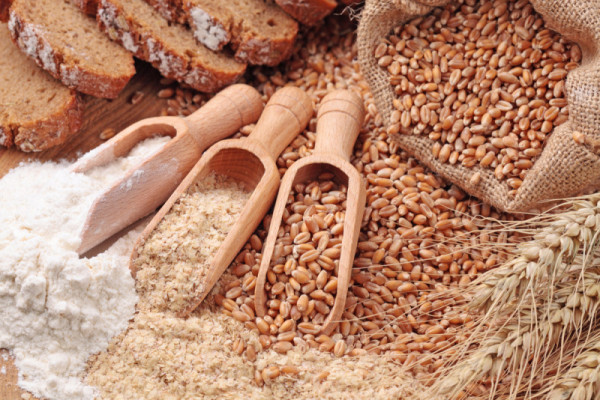
Some of the biggest diet buzzwords right now are gluten-intolerance or gluten-sensitivity but there’s no test to determine if an individual actually has this. The truth is, the gluten-free movement has become a multi-billion dollar industry. Despite what’s written in fear-mongering books like “Grain Brain” and “Wheat Belly”, for most of the population there is no reason to go 100% gluten-free. (I do, however, strongly support eliminating processed foods like white bread, cookies, chips, pretzels, and cakes.)
Here’s why most of us should NOT be on a gluten-free diet:
- Gluten-free diets recommend substituting rice for wheat. This may not be a good idea in the long-term. Rice absorbs arsenic (and cadmium) from the ground. Small quantities in the diet are of no concern. But when rice (or rice flour) is a staple, as recommended in some gluten-free diets, it can be troublesome and may even result in poisoning.
- Restaurant and supermarket gluten-free offerings can be highly processed and packed with calories, sugar, salt and fat. One half of an Uno Chicago Grill Gluten-Free Pepperoni Pizza has 500 calories, 21 grams of fat, 1040 milligrams of sodium and 6 grams of sugar. Yikes! (more…)



